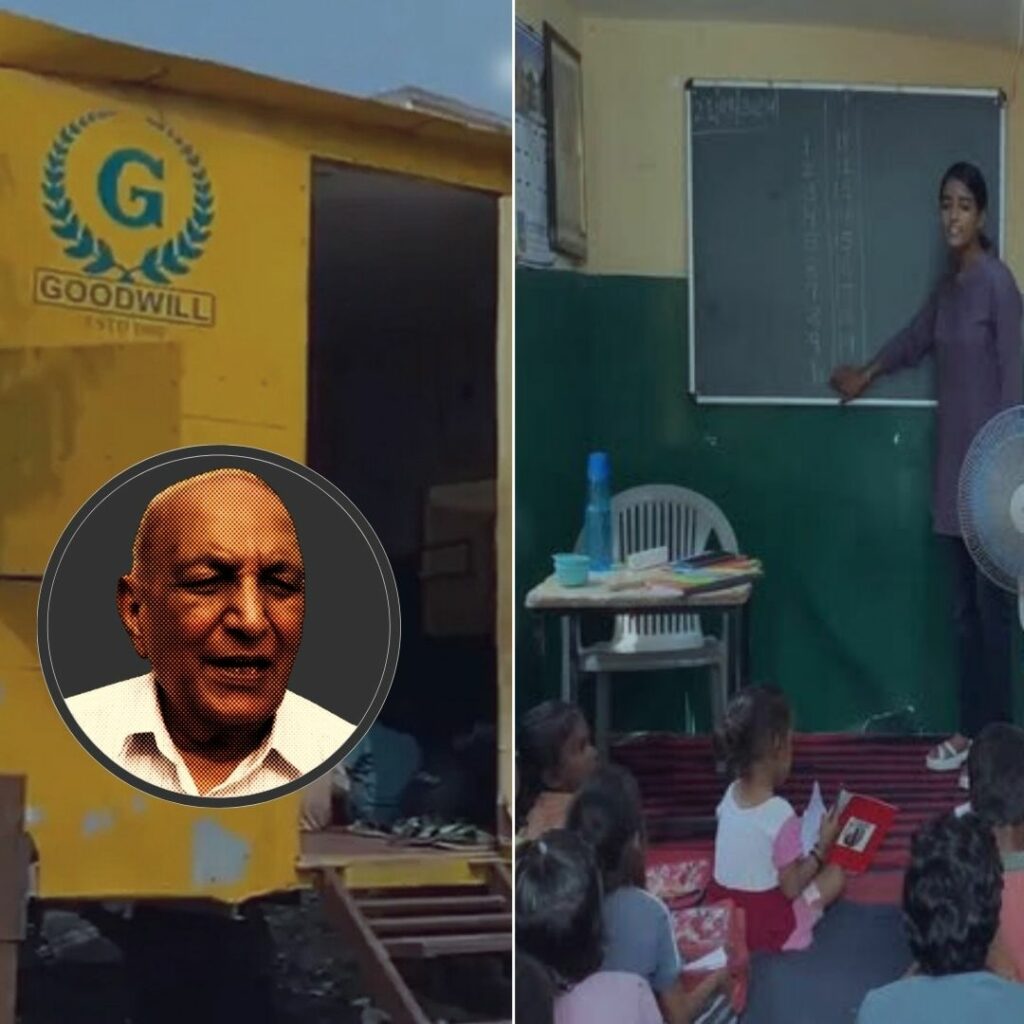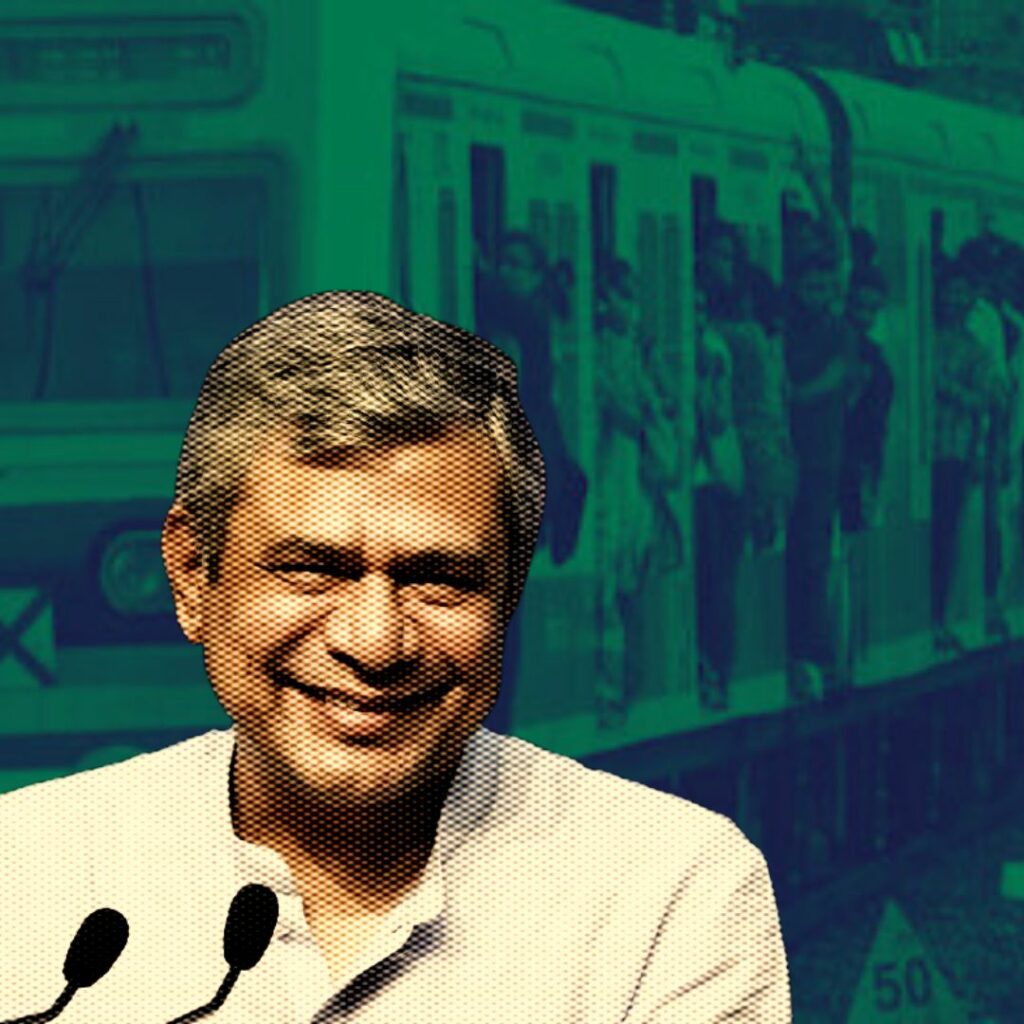In the heart of India’s public health challenges lies the persistent issue of malnutrition, particularly affecting the vulnerable demographic of young children. This critical concern is responsible for nearly half of child deaths and stands as a significant contributor to morbidity. Rooted in the complex fabric of poverty and discrimination, malnutrition’s far-reaching consequences impede the nation’s development. Despite governmental efforts, the fight against malnutrition reveals persistent gaps in funding and implementation, calling for a more comprehensive and holistic approach.
Malnutrition is a multifaceted problem, where the body lacks essential vitamins, minerals, and nutrients crucial for maintaining healthy tissues and organs. This deficiency encompasses both undernourishment and over-nourishment, presenting itself in various dimensions, including calorific deficiency, protein hunger, and micronutrient deficiency.
India has implemented a series of initiatives to combat malnutrition, each designed to address specific facets of the issue. The National Nutrition Mission (NNM), Anemia Mukt Bharat Abhiyan, Mid-day Meal (MDM) scheme, National Food Security Act (NFSA), and Integrated Child Development Services (ICDS) Scheme collectively aim to eradicate malnutrition by the year 2022. Despite the progress made, challenges persist, highlighting the need for sustained efforts and a more integrated strategy.
The battle against malnutrition faces several challenges, including the arbitrary identification of hunger, micronutrient deficiency, the cyclical nature of poverty, infection-driven malnutrition, socio-cultural factors, and inadequate healthcare accessibility. Each of these elements adds layers of complexity to an already intricate problem.
Addressing malnutrition requires a multi-pronged strategy. Initiatives must focus on raising awareness at the grassroots level, early detection through well-recorded growth health charts, improving healthcare facilities, and adopting a comprehensive nutrition profile that considers health, water, sanitation, gender perspectives, and social norms. The integration of Swachh Bharat Abhiyan, Beti Bachao Beti Padhao, and Poshan Abhiyan presents an opportunity for a holistic transformation.
Malnutrition & Health Programmes
While there has been progress, the absolute numbers of stunted, wasted, and anaemic children continue to be alarming. Achieving the World Health Assembly’s Global Nutrition Target by 2025 remains challenging, with 35% of under-5 children in India being stunted and 17% wasted, according to recent surveys.
Despite commendable efforts, the National Family Health Survey (NFHS-4) exposes gaps in full ANC check-ups, breastfeeding practices, complementary feeding, and immunization coverage. The success of these initiatives depends on empowering mothers and families, creating a demand for and uptake of nutrition services.
Empowering mothers is central to the battle against malnutrition. This involves providing knowledge, fostering facilitative environments, and community involvement, particularly through self-help groups. Preliminary findings from Uttar Pradesh and Bihar indicate a positive impact on maternal and child health behaviours after integrating health programs into self-help groups.
As India endeavours to eradicate malnutrition, a nuanced and comprehensive approach is essential. The integration of innovative strategies, community involvement, and a collective commitment through initiatives like Poshan Abhiyaan holds the key to a healthier and nourished nation. While challenges persist, the sustained efforts and targeted interventions offer hope for a future where malnutrition is no longer an insurmountable obstacle but a conquerable adversary.
Also Read: The Growing Threat Of Ocean Noise Pollution On Marine Life











